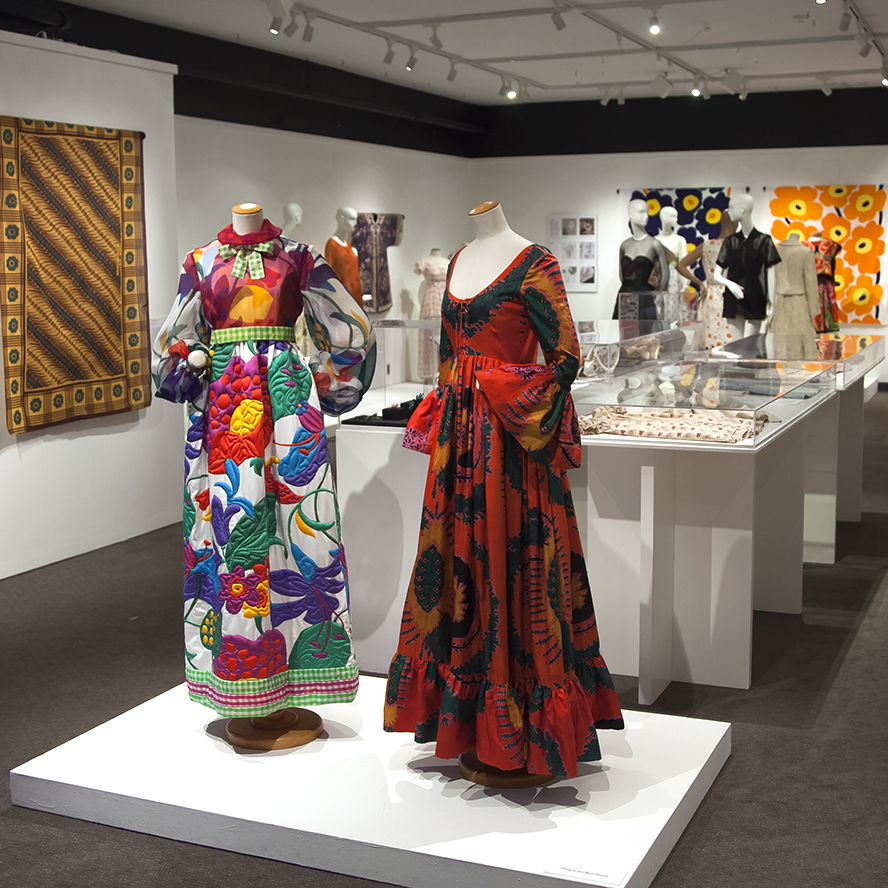An interdisciplinary partnership between College of Design faculty, the Goldstein Museum of Design (GMD), and Episcopal Homes Senior Housing and Care Services is developing virtual reality (VR) technology to expand access to exhibitions and other public events for low-income elder residents through the creation of a “VR Book Club.”

“The College of Design is uniquely positioned to examine and explore the role of experience design as a practical component of expanding accessibility,” explained Assistant Professor Genell Ebbini (Interior Design), one of the faculty members working on the project. “Design thinking posits that design is a problem-solving process with the end user in mind. In this case, the end user is Minnesotans of all ages, locations, and abilities who are unable to experience an exhibition first-hand,” she continued. In addition to Ebbini, the project is being developed by Professor Marilyn Bruin (Housing Studies), Professor Sauman Chu (Graphic Design), Assistant Professor Ehsan Naderi (Product Design), Director Lin Nelson-Mayson (GMD), and Associate Professor Juanjuan Wu (Retail Merchandising).
Now in its preliminary stage, the project has already documented two GMD exhibitions to deliver an immersive, sensory-rich 360 VR experience with narration: “Storied Lives: Women and Their Wardrobes” and “Demonstration Garden: Designing Flowers.” The VR video for “Storied Lives” will be the first experience tested by residents of Episocal Homes who will view the exhibition using Occulus Go headsets and provide feedback on the experience through follow-up discussions. “Our team will analyze the discussions to identify best practices, suggestions for revision, and opportunities to develop additional experiences and supplemental activities,” said Nelson-Mayson.
From this pilot, the team hopes to create more 360 VR experiences, not only of GMD exhibitions but of community events. “The virtual pilot experience will increase access among individuals with mobility issues as well as anyone who missed the original experience or wants to revisit it,” concluded Nelson-Mayson.
The team is working with Chuck Olsen of Visual, Inc., to produce the 360 videos.
In 1980, Lee Anderson (Architecture) was deep into his M.Arch thesis on fractals and design when he realized that in in order to generate graphics to represent his ideas, he’d need to learn computer programming.
Graphic design seniors graduating this summer are hosting a virtual exhibition to showcase their final projects on Friday, August 14. Titled “Fill in the Blank,” the exhibition theme is based around the idea of uncertainty.





